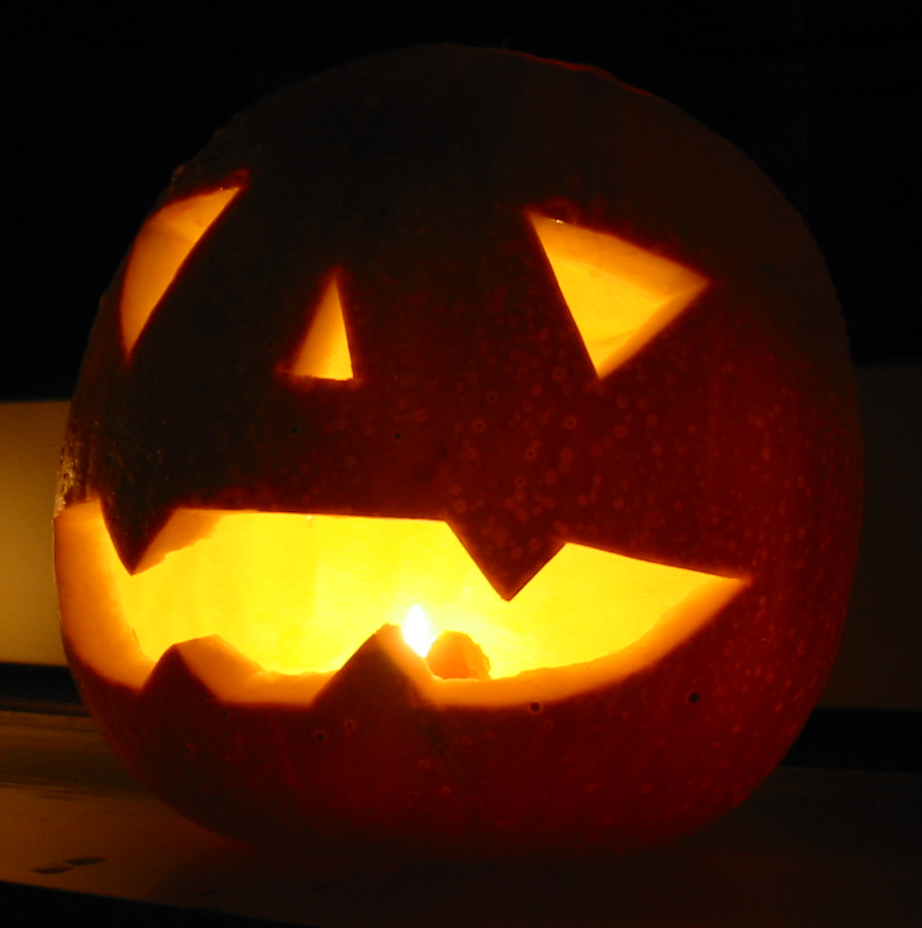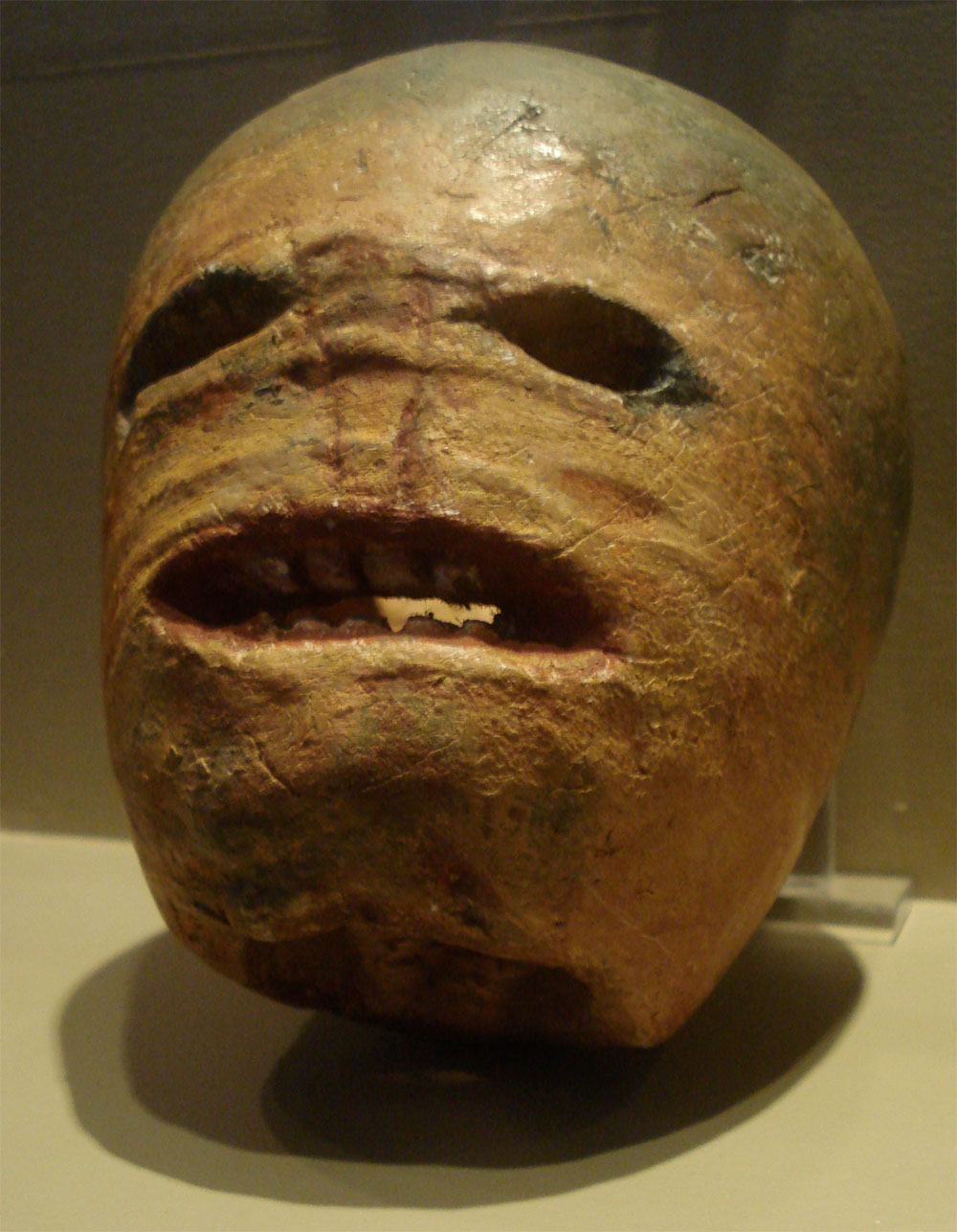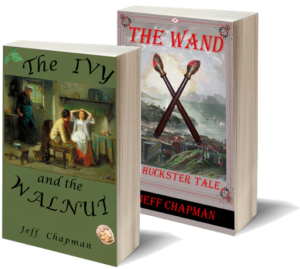 If you hear the word Jack-o’-lantern, you likely picture a hollowed-out pumpkin with carved eyes and mouth lit by a candle inside the pumpkin. Some are scary and some are funny. However, the association between carved pumpkins, now an iconic image of Halloween, and the term Jack-o’-lantern is relatively recent.
If you hear the word Jack-o’-lantern, you likely picture a hollowed-out pumpkin with carved eyes and mouth lit by a candle inside the pumpkin. Some are scary and some are funny. However, the association between carved pumpkins, now an iconic image of Halloween, and the term Jack-o’-lantern is relatively recent.
In East Anglia and southwestern England, jack-o’-lantern was the name given to the flickering lights sometimes visible over bogs, swamps, and marshes. The lights resemble a flickering lamp. Witnesses claim that the light recedes if approached, drawing the hapless traveler off the safe path through the marsh. The phenomenon—technically known as ignis fatuus, Medieval Latin meaning “foolish fire”—is still a mystery with several competing hypotheses. The lights are known by various names including will-o’-the-wisp, jack-o’-lantern, and friars’s lantern. (A wisp is a bundle of sticks used as a torch.) Jack-o’-lantern is short for Jack of the lantern. So who is this Jack guy and why does he stroll through bogs with a lantern?
Meet Stingy Jack, a lazy, drunken but wily character who has various dealings with the devil. There are many stories about Jack’s encounters with Satan. In some versions, Jack tricks the devil into transforming into a coin which Jack places next to a cross, thus robbing Satan of his powers. Another version has the devil climbing an apple tree and becoming stuck there when Jack carves a cross onto the trunk. In any case, Jack gets bargaining power over the devil and Satan agrees not to take Jack’s soul. When Jack dies, he is not admitted to Heaven because of his deceitful and drunken ways. Satan, keeping his promise, refuses to allow Jack into Hell and sends him back to earth. To light Jack’s way, the devil gives him an ember from the fires of Hell, which Jack places inside a hollowed-out turnip. Jack was fond of turnips and stole one whenever he got the chance. Stingy Jack was condemned to roam the earth for eternity with his turnip lantern to light the way.

Traditional Irish turnip Jack-o’-lantern from the early 20th century.
It’s not clear where or when the custom of carving faces into large turnips, rutabaga, or beets to create lamps originated. It’s commonly believed that the custom originated in Ireland and spread to the Scottish Highlands and that the grotesque faces represented spirits and goblins. Samhain (October 31-November 1) is considered a very active time for spirits and fairies. Tradition suggests that guisers (someone going out in costume) used the turnip lanterns to light their way or that the lamps were placed at doors and windows to ward off evil spirits. As plausible as that explanation sounds, contemporary Irish and Scottish sources, such as Robert Burns’s “Halloween,” don’t mention the practice. The jack-o’-lantern tradition seems to be as mysterious as the ignis fatuus, which is as it should be.
Image Attribution: (1) By Man vyi (own photo) [Public domain], via Wikimedia Commons. (2) Traditional Irish turnip carving photograph from Rannpháirtí anaithnid at en.wikipedia [CC-BY-SA-3.0 or GFDL], from Wikimedia Commons.


Leave a Reply